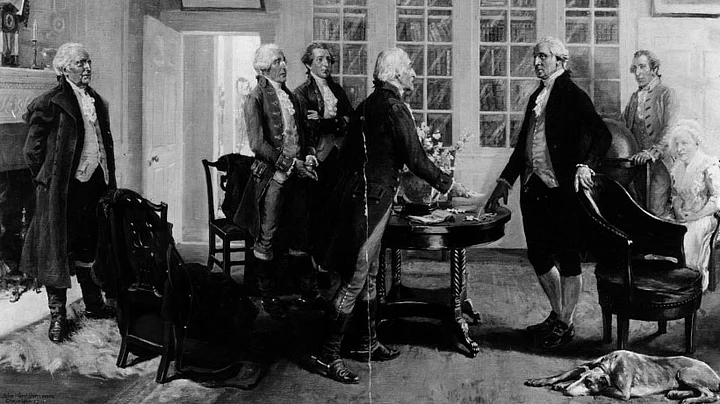On the occasion of the 225th anniversary of the signing of the US Constitution in Philadelphia, The Quint brings you an excerpt from Raghav Bahl’s Super Economies.
The chapter titled Foetal Siblings or Estranged Democracies draws very clear parallels between the colonial histories of the United States and India. Disagree they might, but “the US and India would remain forever linked as siblings with the same colonial mother.”
When India first began drafting its Constitution, it turned to the US Constitution for guidance, which has also served as a model for the Constitutions of France, Canada, Australia and South Africa.
Drafted in 1787 by what Thomas Jefferson, then stationed in Paris, described as ‘an assembly of demigods,’ [Sachidanand] Sinha called it ‘the soundest and most practical Republican Constitution in existence.’
— Raghav Bahl, Super Economies
The Indians who sat down to draft the Constitution were enamoured by the American concept of a document drafted of the people, by the people and for the people. The Indian Constitution’s stirring ‘We the people’ is inspired by the preamble in the American Constitution, which begins the same way.
India’s Fundamental Rights are strongly reminiscent of America’s Bill of Rights, and among other things, both countries have granted Constitutional rights to the President of the country to appoint Justices to the Supreme Court and have granted their citizens freedom of speech and expression.
Ultimately, like so many Western concepts adopted for India, what worked best was using the American model... to develop a uniquely Indian one.
— Raghav Bahl, Super Economies
That an independent India upheld the American Constitution as an example to emulate is not surprising, given their strikingly similar nation-building experiences.
Decolonisation confronted the newly-sovereign states with a new problem: How does one create a federal union of separate, disparate states? The anti-federalists were well and truly quenched; ‘outargued and outvoted’ by the nationalists in America.
A hundred and fifty years after America’s independence, a newly-independent India welcomed sovereignty with capable, principled leaders.
The Constitution that helped shape our nation is 225 years old today, and has inspired the Constitutions of several great democracies of the modern world.
(At The Quint, we question everything. Play an active role in shaping our journalism by becoming a member today.)
